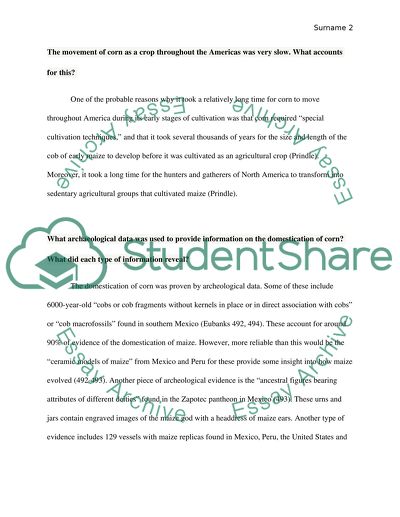Cite this document
(“Corn Essay Example | Topics and Well Written Essays - 750 words”, n.d.)
Retrieved de https://studentshare.org/biology/1435572-plant-and-people
Retrieved de https://studentshare.org/biology/1435572-plant-and-people
(Corn Essay Example | Topics and Well Written Essays - 750 Words)
https://studentshare.org/biology/1435572-plant-and-people.
https://studentshare.org/biology/1435572-plant-and-people.
“Corn Essay Example | Topics and Well Written Essays - 750 Words”, n.d. https://studentshare.org/biology/1435572-plant-and-people.


